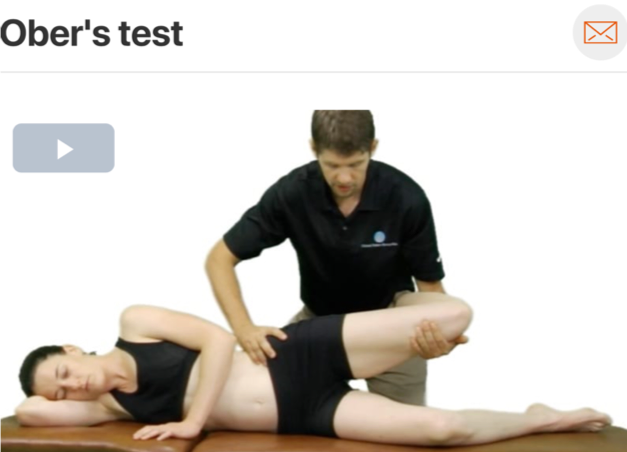Ever experience knee pain, and have been told it is IT-Band Syndrome?
Did you know what that meant? Or how that came about?
Iliotibial Band Syndrome (ITBS) is another overuse injury experienced by some athletes, more so runners and cyclists. According to Ferber et al it is the second leading cause of lateral knee pain in runners (2). It is most commonly described as a friction injury at which the tendon “rubs” over the lateral femoral condyle of the knee creating pain (1) that can present as sharpness, burning, and sometimes swelling.
This short post goes into explaining what ITBS is, what researchers have found the culprit to be to developing this injury, and some things to think about it in order to feel better.







